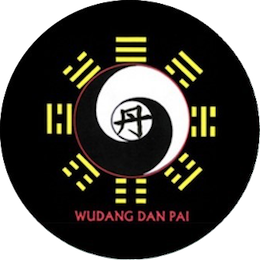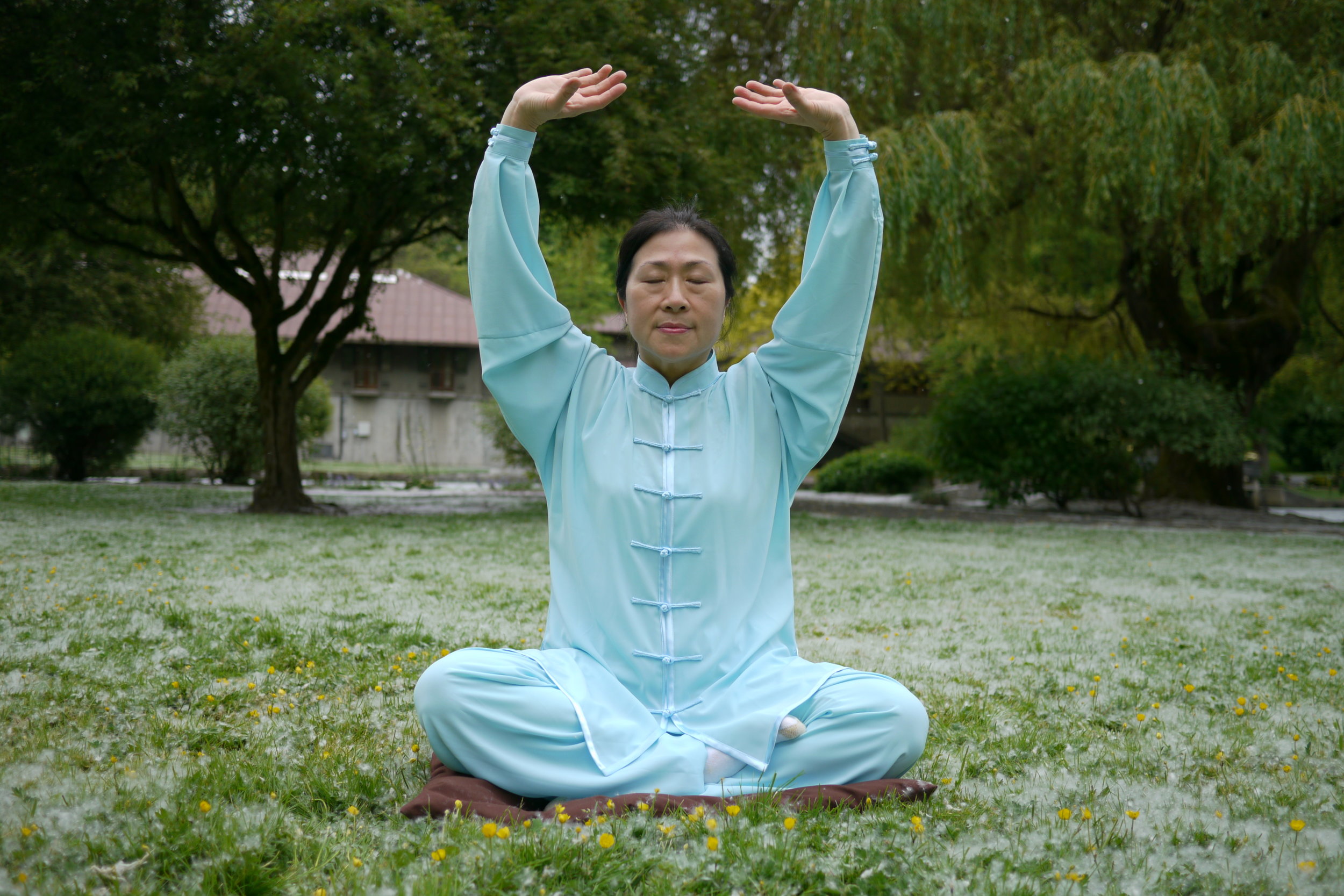Qigong 氣功
“Qi 氣/气” is the energy or natural force that exists in the universe. The Chinese have been studying Qi for thousands of years. According to Yi Jing (Book of Changes; 1122 B.C.), there are three natural powers in the universe, which is called “ San Cai 三才 (Three Components; Three Natural Powers)”. They include “ Tian 天 (Heaven)”, “Di 地 (Earth)” and “Ren 人 (Human)”. Each of the components has its own Qi. “Tian Qi 天氣/ 气 (Heaven Qi)” governs “Di Qi 地氣/气 (Earth Qi)” while “Di Qi” nourishes and provides the required conditions for human beings to live and develop “Ren Qi人氣/气(Human Qi)”, for animals to thrive and plants to grow. Each type of Qi has to be balanced within itself and the interrelationship among the three needs to be balanced, too. Without it, natural disasters will arise and human beings will get sick.
“Gong 功“is a short form of “Gong Fu 功夫“, which means time, energy or effort you put on any type of task or art. Normally, it takes a long time and great effort to obtain a certain type of “Gong Fu”.
“Qigong 氣/气功” in this context is defined as “a serious and systematic study, training or work on understanding how qi functions and how we can cultivate it and use it to positively influence human lives on different occasions and for different purposes.” Based on the goal and the background, Qigong can be roughly categorized into Scholar Qigong, Medical Qigong, Martial Qigong, Daoism Qigong, Buddhism Qigong, and Tibetan Qigong. The goals can include maintaining health, healing, creating more mental power, fighting and enlightenment. Each type of Qigong may have multiple goals for the training depending on the purposes set up by the founder and the practitioners.
From the traditional Chinese medical perspective, “Qi” is the basic unit of human life. According to the Yellow Emperor’s Internal Canon 黃帝內經 /经, the very first systematically recorded medical text in Chinese history, whenever there is qi stagnation, pain arises. In addition, Hua Tuo 華陀/ 华陀, a very famous Daoist, medical doctor and the very first surgeon in Chinese history, who created the well-known “The Frolic of Five Animals” Qigong exercises, has a quote explaining how Qigong can help people to maintain health. It goes,
A door hinge will never become insect-riddled. Rhythmic movement regulates Qi, promotes digestion and blood flow and guards against disease.
In the “Su Wen 素問/素问 (Plain Questions)” section of Yellow Emperor’s Internal Canon, it talks about a theory of Congenital Qi. It goes,
Calm the mind, avoid worrying about worldly cares, and Zhen Qi
(Essential Qi) will be able to travel smoothly along the channels;
concentrate your thoughts, and the body will not be invaded by disease….
Some great masters in ancient times could marshal heaven and earth,
controlling Yin and Yang. They breathed essential Qi, stood quietly, and
concentrated their minds on what they wanted. The spirit and body joined
in flawless unity.
Wudang style originates from Daoism and is the representative of Chinese Internal Martial Arts system, which is also called Nei Jia Quan 內家拳. In order to do the three pillar boxing styles (Taijiquan, Baguazhang, Xingyiquan) and all the weapons in Nei Jia Quan very well, Wudang style martial art focuses a lot on Qigong training . This involves incorporating the knowledge in Traditional Chinese Medicine (TCM), Chinese philosophy such as Yi Jing (Book of Changes), Yin Yang theory, Eight Trigram theory and Five Element Theory. Such topics as internal organs functioning, channels and acupuncture/acupressure points, diagnosis of diseases/trauma and treatment approaches with herbs and qi healing are as frequently addressed as the techniques in martial arts. In addition, since the philosophy of Daoism is full of wisdom, practicing Wudang Qigong gives us an access to the ancient literature about philosophy of life to cultivate balance for our physical, psychological and spiritual well-being.
The curriculum for the class taught in the academy focuses on Wudang style Daoist Qigong. The course content will be designed based on the season, students’ special needs and purpose of training. The classroom activities include but are not limited to:
lectures on philosophy and theories on Qigong, Traditional Chinese Medicine, Classics on Daoism and Chinese culture related to Qigong practice;
- sitting meditation with mudras accompanied by the explanations of their meanings, functions and ways of doing them;
- standing mediation, with the explanations of how qi moves and the functions of the techniques;
- lying down Qigong, with the explanations of functions and qi mechanism;
- movement Qigong, with a wide variety of ways of practice for different purposes. For example, the Evergreen Pine Tree Qigong involves different combinations of long/short and fast/slow inhalation and exhalation. The variation comes from whether you train the techniques for enhancing health only or with the intent of cultivating internal power for martial art training.




